Google Nexus 4 Review - Google's new Flagship
by Brian Klug on November 13, 2012 8:45 AM EST- Posted in
- Smartphones
- LG
- Android
- Mobile
- APQ8064
- Nexus 4
- Android 4.2
- MDM9215
I usually take apart smartphones I’m sampled just because I like knowing what’s inside, even if I already know the majority of component choices through other purely software means. In the case of the Nexus 4 this was also motivated by my desire to find out whether it would be possible to replace the battery easily and also to get a look at some of the RF components for cellular.
Taking apart the Nexus 4 is surprisingly simple, so much so that I’ve taken my Nexus 4 review unit apart fully, twice. There are two Torx T–4 screws at the bottom which come out, after which the back cage pulls off after you use a plastic separator tool to get past some clips holding it on. If you’re interested in replacing the battery you can pretty much stop here, there are two screws holding the battery connector onto the mainboard, and the battery is held in place with a square outline of double sided tape. The back side of the case has many gold pads for antennas, NFC, and the inductive charging coils.
Further disassembly involves removing the plastic covering the PCB, then a few screws and the mainboard lifts out. Construction here is very standard fare for smartphones lately, with an L shaped mainboard and battery sitting in the cavity next to it.
After you get the PCB out things are very easy to identify. I popped the EMI cans off wherever possible as well.
First off on the backside we can see the DRAM PoP atop APQ8064, which in this case is Samsung 2x32-bit LPDDR2–1066, 2GB courtesy of 4 x 512MB die at 1.2V. Below that is the Qualcomm MDM9215 baseband, to the left we can see the baseband PMIC (PM8821), and to the left of that the PMIC for APQ8064, PM8921.
On the long underside of the mainboard we can see the TI BQ51051b wireless power Li-Ion charger receiver I mentioned earlier, and above it Qualcomm’s WCD9310 Audio codec in a sea of epoxy. Inbetween those two is a BCM20793 NFC controller instead of the ubiquitous NXP PN544 part.
My main goal when taking apart the Nexus 4 was nailing down what power amplifiers and RF architecture the phone had, and under the EMI cans on this side are a few relevant parts.
There are three Avago power amplifiers, and an RFMD switch at left. We can see Avago A5505 (Band 5 - UMTS), A5704 (Band 4 - LTE/UMTS), A5702 (Band 2 - LTE/UMTS), and at far left an RFMD 1156 single pole 5 throw switch hiding under a lip of the EMI can.
Flipping the PCB over and removing the other large EMI can reveals more parts of the puzzle. I can identify an Avago ACPM–7251 (Band 1, 5, Quad band GSM/EGE) power amplifier, and another package near it marked “GFD49” which is probably another switch just next to the antenna feed for the bottom transmit antenna.
Nexus 4 also has the latest and greatest Qualcomm transceiver onboard, WTR1605L, which we’re going to talk at length about in another piece. It’s actually somewhat surprising to see the latest and greatest here considering the Nexus 4 doesn’t include LTE support, even though it does have the hardware for it on bands 4, 2, and 1 in theory.
Also under this can is the SlimPort ANX7808 which enables HDMI, VGA, DVI, or DisplayPort out on the Nexus 4 instead of the USB-MHL that we’ve been seeing getting adoption pretty rapidly. This is actually an interesting choice for the Nexus 4 considering again the relative ubiquity of MHL. I don’t have any SlimPort cables or dongles so I can’t test it first hand, but there’s the transmit package on the PCB that enables it.
I can also identify an InvenSense MPU–6050 six axis gyro and accelerometer at the very top of the PCB.
I couldn’t get the can off of what appears to be the eMMC (the only remaining large package), we’ll have to see if anyone else wants to do some destructive digging to get that one. Finally the Nexus 4 also has a linear actuator vibrator which you can see in the FCC teardown photos.









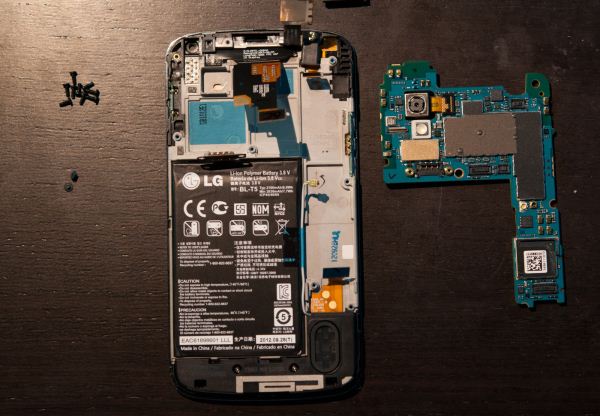
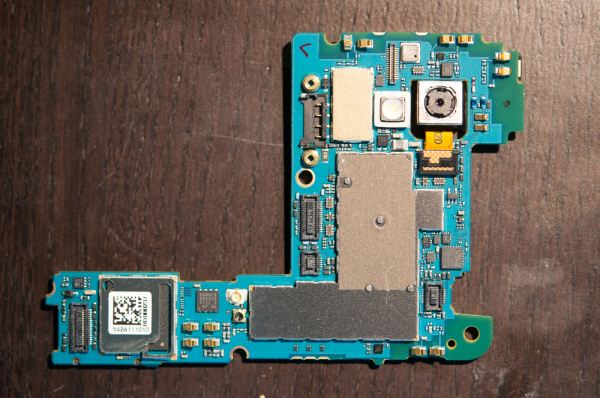
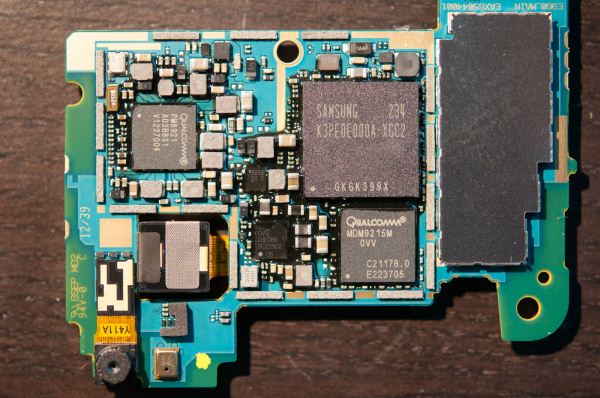
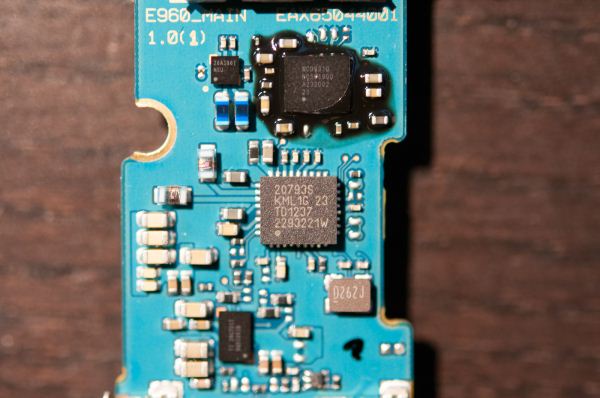
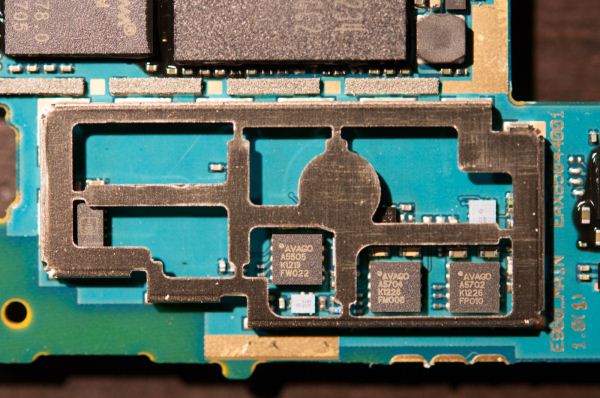
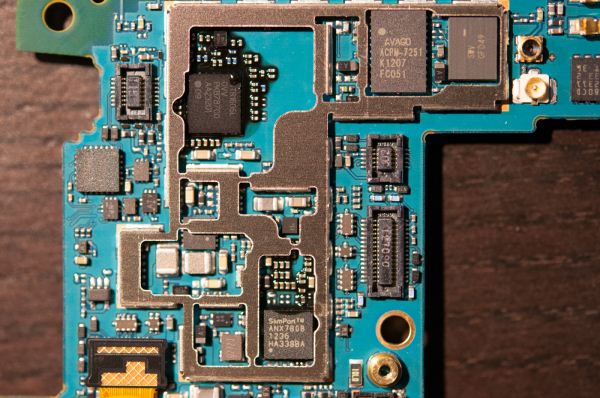
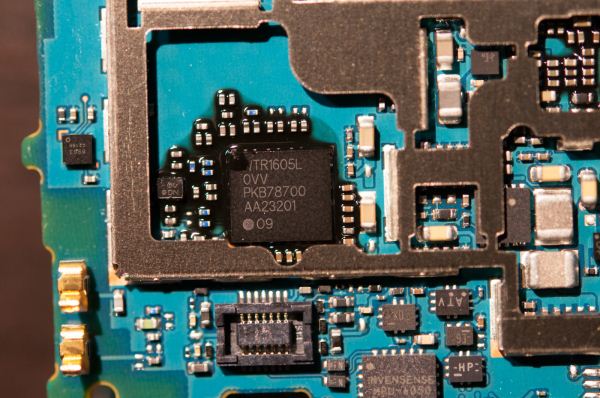
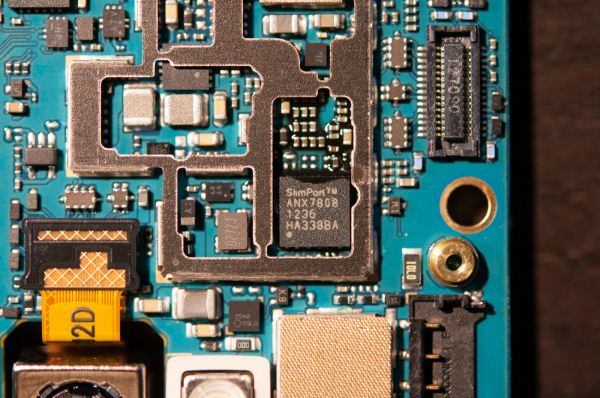
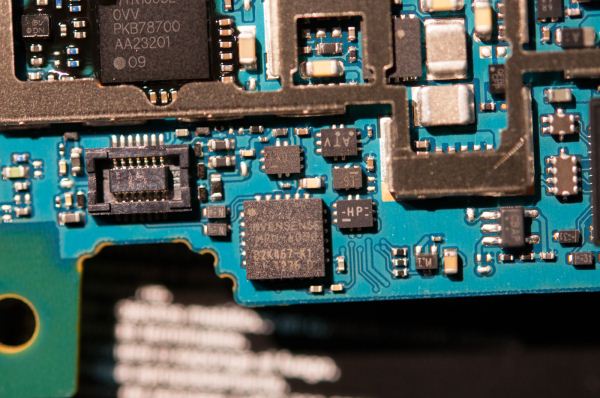
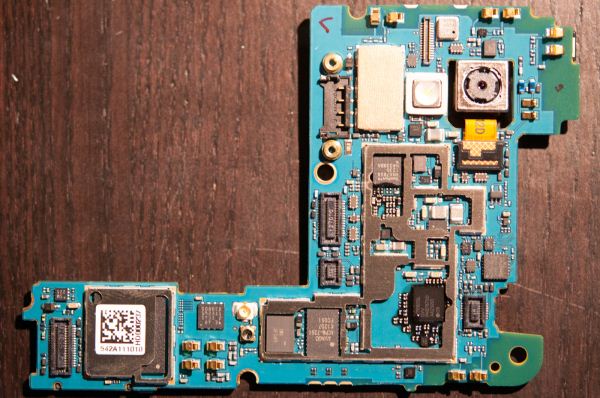








188 Comments
View All Comments
chrnochime - Tuesday, November 13, 2012 - link
I did and it just mentioned that it gets streaks on the bottom genius. Did YOU RTFR?Rits - Tuesday, November 13, 2012 - link
Do you know what brittle means? Streaks? Where did you read streaks? I read "sleeks" which are fine scratches (if you'd RTFR).tuxRoller - Tuesday, November 13, 2012 - link
According to other reviews, yes, it is quite brittle (the verge dropped it from a table to a hard wood floor and a spidery crack emerged from the corner to the camera module and that wasnt the onlg review that had problems with durability).A case is highly suggested.
Impulses - Tuesday, November 13, 2012 - link
That's a big turnoff IMO. I'd love to see a poll on AT to find out what percentage of readers actually uses cases or not tho...I find myself tempted every year to go caseless but I never end up doing it for several reasons. Slim TPU cases allow me to put the phone down screen first without worrying about it, and it protects the camera too. Cases also help mitigate impact from drops and protect my resale value too...
Basically I could care less for in hand feel, gonna be feeling the case anyway. I'd rather just have an all around sturdier phone. I can appreciate the design of something like the One X over most Samsung designs but it's not a huge deal to me.
Hell I don't even think my EVO LTE is as fugly as some make it out to be, and the metal build seems rather solid.
tuxRoller - Wednesday, November 14, 2012 - link
IIRC, the verge mentioned something about Google releasing some kind of case that mainly protects the corners (I think they said it was something like the case apple put out for the iphone 4), but I could be mistaken.I've a nexus s and I've never used a case and the phone looks pretty much brand new (the screen did break awhile back after cat shot [as in, he was running, phone was in the way] the phone onto ceramic tile floor in the kitchen...so, about as nasty a fall as a phone will take). For the nexus 4, which I'm going to get, I will almost certainly get a case.
About the build quality, something that others have mentioned, and reviewers frequently forget (though not so much here), is that in hand feel has relatively little to with how well the device will survive impacts.
The iphone 4/s had great in hand feel but the damn thing is brittle as all hell.
Samsung phones, while "plasticy", survive drops well (excepting the latest generation, apparently). However, you should keep in mind I actually like the in-hand feel of my nexus. It has almost no sharp angles and sits so comfortably in hand, and slides in and out of my pocket so easily.
Baroobob - Tuesday, November 13, 2012 - link
"We now have a form factor of device for every two inches of diagonal difference."Should be every three inches assuming you're referring to Nexus 4, 7, 10.
Zink - Tuesday, November 13, 2012 - link
I was confused at well.andybryant - Tuesday, November 13, 2012 - link
Does it support USB OTG without needing 3rd-party software or re-flashing?i.e. to allow me to read/write to an external USB key or SD card in reader.
MadMan007 - Tuesday, November 13, 2012 - link
Good question! If so, it alleviates much of the 'no SD slot' pain.thesavvymage - Tuesday, November 13, 2012 - link
yeah this is something I'd like to know as well. I still bought it, but the only thing I'm having worries about is being able to take a usb full of movies on it for a flight or something. A super short OTG cable and one of those USB drives that sticks out like 2mm would be great.In the end, if not supported out of the box (like the N7) then ill just root and use stickmount